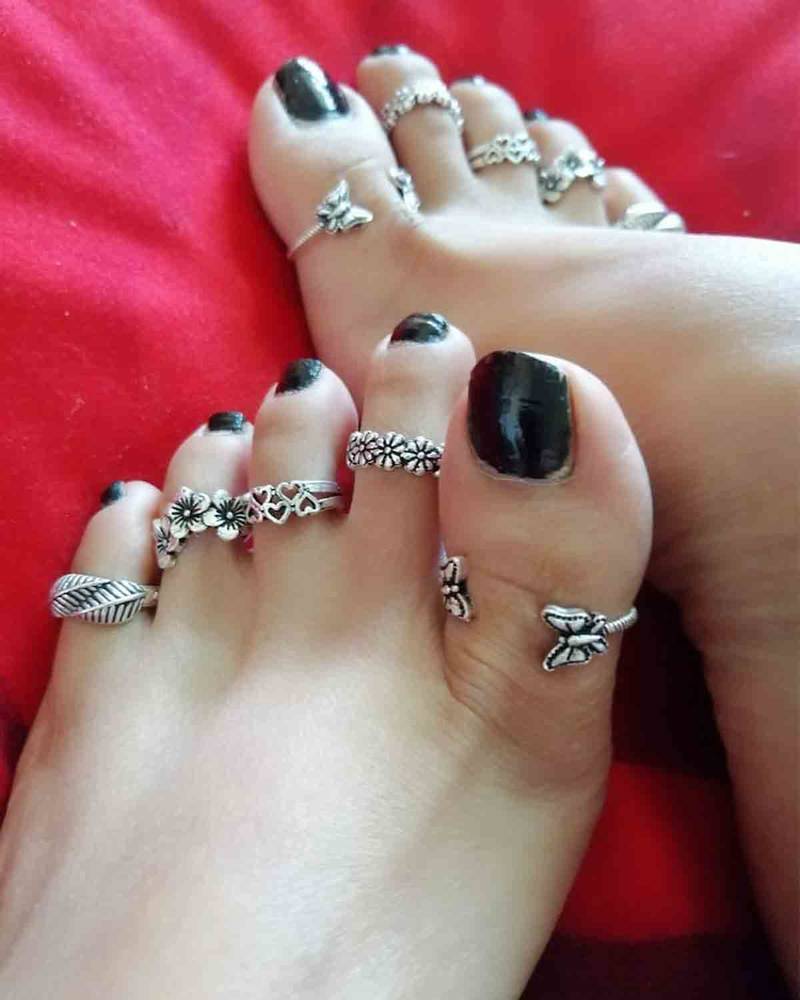
Share

Women belonging to many ethnicities have adored toe rings. The significance of toe rings can be traced back to ancient times when the meaning of these accessories varied based on their cultures. Read on to find out how toe rings evolved.

Toe rings through time
Did you know both men and women wore toe rings in ancient Egypt and parts of Africa? Yes, toe rings were considered to be a symbol of wealth and social status in these parts of the world.
While the exact origin of toe rings may be unknown, it's believed that women in India have worn them for over 5,000 years. Also known as bichiya or jodavi, these adornments are typically made of silver and traditionally worn by married women as a symbol of their marital status. These rings are worn on the second toe and are believed to help improve blood circulation.
Read more: Luxury for Your Feet: 925 Sterling Silver Toe Rings

Cultural significance and meanings of toe rings
In India, toe rings have a rich cultural significance. Women mainly wear these as a symbol of their marital status. In some parts of the Middle East, toe rings are often given as a gift to a bride on her wedding day.
In some parts of Africa, men and women wear toe rings made from precious metals, such as gold or silver. They symbolise wealth and social status and are often worn on the big toe.

A fashion accessory
These days, toe rings have become a popular fashion accessory and are sported by both men and women of all ages as a way to express their individual style. Toe rings enhance the beauty of the feet and can also be worn with any outfit.
Toe rings have a rich history and cultural significance spanning different parts of the world. From India to Africa and beyond, toe rings have evolved over time and continue to be a beloved accessory for many. They remain fascinating and meaningful accessories that capture the imagination of people around the world.



